ThingM's first product, BlinkM is now for sale from Sparkfun. BlinkM is a smart LED. What's a smart LED? Well, on the one hand, it's the atomic unit of ubiquitous computing: an RGB LED and a CPU. Input, processing, networking, and output in one package. If technology worked like chemistry, it would be analogous to hydrogen; if it worked like biology, to algae. OK, maybe that overstates the point, but it's the simplest device that we could imagine that represents the essence of ubicomp, and it was the one we could, as a self-funded startup, afford to develop and manufacture relatively quickly (development started in November, though it's based on work we did with WineM).
It's designed for hobbyists, designers and artists who want to add low-power colored light to their projects, but don't want to mess with pulsed width modulation or color theory. Give it an RGB number, or select a color from the color picker, and it glows that color; enter two colors, and it'll do a smooth fade between them. Want to simulate the breathing sleep light on a Mac computer but in purple, it'll do that.
Take a look at the description for the full story.
In all honestly, we're really excited that we developed and are selling this (and by "we," Tod really did all of the heavy lifting on the engineering, software, documentation and video). I know, I know, soon we will have to deal with the customer service (we're keeping it in the ex-Adaptive Path family by using Satisfaction, the company co-founded by fellow AP founder alum Lane Becker), but right now it feels pretty great.
We'd like to thank the people who helped us out along the way:
- John Houck wrote most of the Sequencer in Processing and Java.
- Elizabeth Goodman designed the initial UI design for the Sequencer
- Nathan Seidle, of Sparkfun, for advice and for the initial order (placed months before prototypes even existed!)
- Mykle Hansen, for being our first and only alpha tester
- Dave Vondle, for data sheet advice and for the first bulk order, also placed long before they actually existed
- The alumni of the Sketching in Hardware conferences, who gave us a lot of valuable advice in the early stages of the project
- David, Anders, and all of the other beta testers
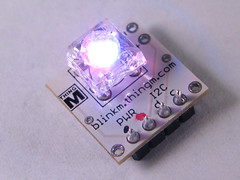

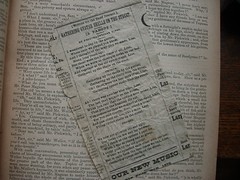
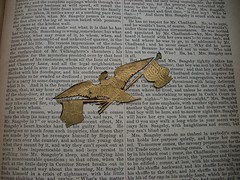
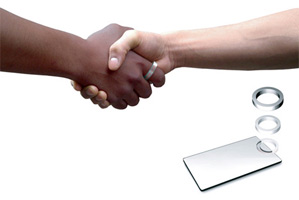
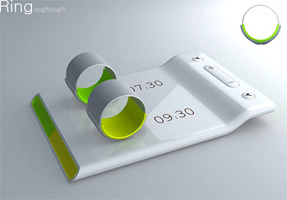
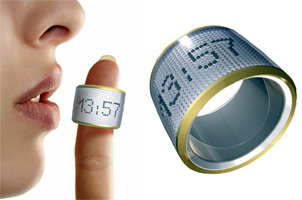
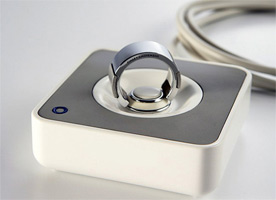
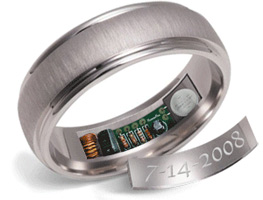

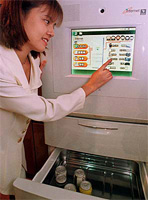
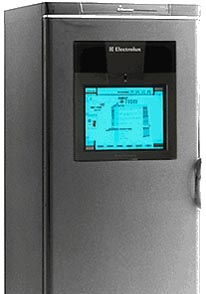
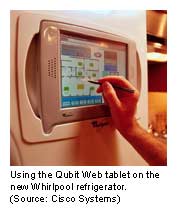
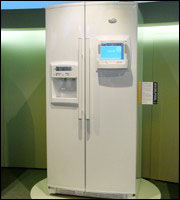
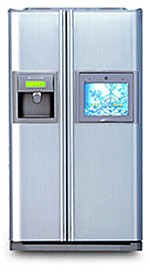
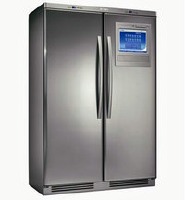
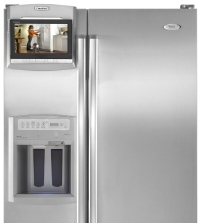
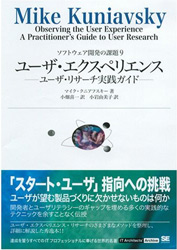




Recent Comments